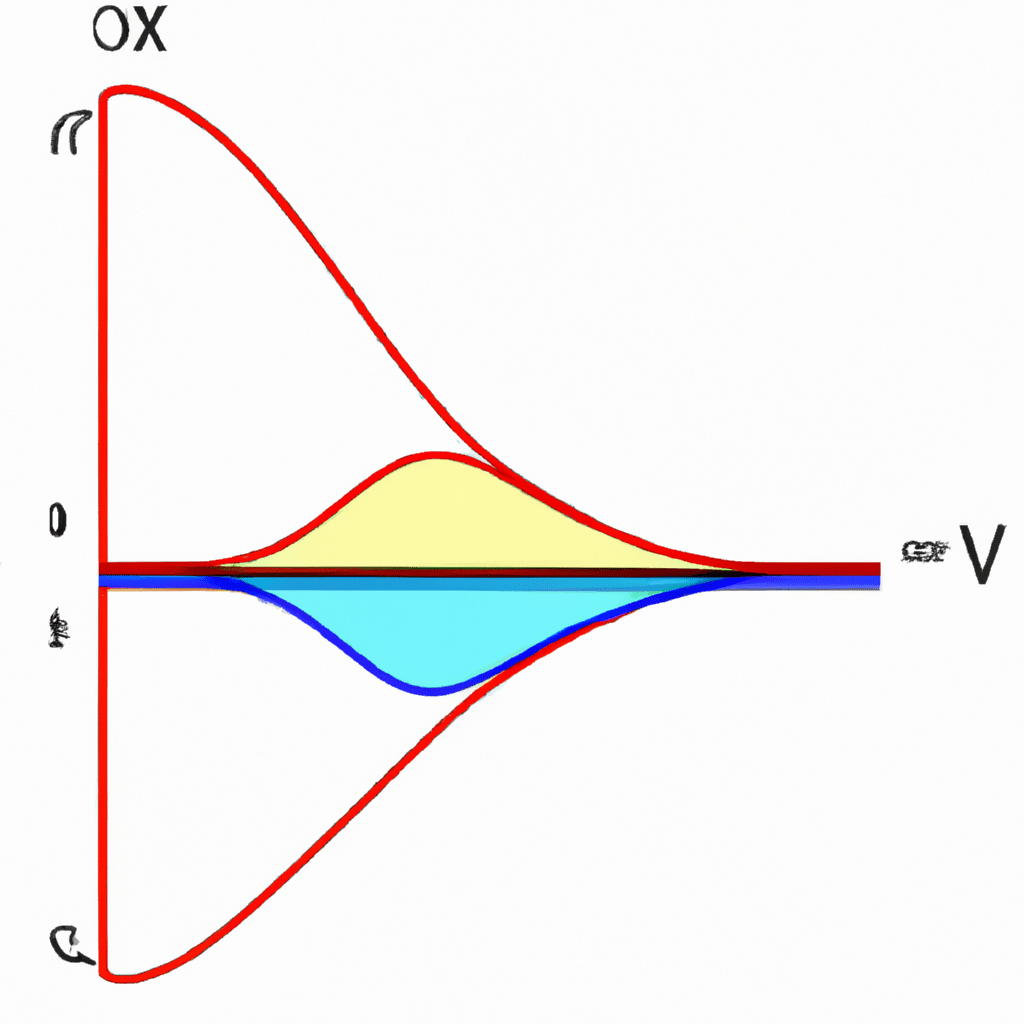Method of constructing a Lorenz curve

A Lorenz curve is constructed using data on income distribution within a population. The method involves plotting cumulative proportions of income received against the cumulative proportions of the population. This curve provides insights into income inequality, with a diagonal line representing perfect equality. To construct the curve, start by ordering the population from lowest to highest income. Calculate the cumulative proportions of population and income for each individual in the data set. Graph the cumulative proportions of income received against the cumulative proportions of the population. Connect the plotted points to form the Lorenz curve. The closer the curve is to the diagonal line, the more equal the income distribution.
Read more
Measuring income inequality using the Lorenz curve.

Measuring income inequality reveals the stark reality of wealth distribution. The Lorenz curve is a useful tool in this analysis, visually representing the income gap. It plots the cumulative share of income against the cumulative share of the population. A perfectly equal society would have a straight line, while a skewed distribution results in a curved line. The further the curve is from the straight line, the more unevenly income is distributed. This measurement fosters understanding, sparks discussions, and encourages policymakers to address inequality. By studying the Lorenz curve, we can strive for a fairer society, where wealth and opportunities are more equitably shared among the population.
Read more
Meaning of Lorenz curve

The Lorenz curve is a graphical representation showing income inequality in a society. It plots the cumulative share of total income against the corresponding population percentage. The curve's shape indicates the distribution of income: a more equal society has a curve closer to the diagonal, while a more unequal society has a curve that bends away from it. By comparing different Lorenz curves, economists can assess the level of inequality and measure the extent to which income is concentrated in certain segments of society. This information helps policymakers develop strategies to address inequality and promote fairer distribution of wealth.
Read more
Limitations of Lorenz curve.

The Lorenz curve, while useful for illustrating income distribution, has certain limitations. First, it doesn't account for non-income-based inequalities, such as access to education or healthcare. Second, it assumes a two-category system, dividing society into rich and poor, which oversimplifies the complexities of income disparities. Third, it doesn't consider whether individuals are able to meet their basic needs, focusing solely on relative income. Additionally, the Lorenz curve doesn't address issues of wealth accumulation or intergenerational inequality. Despite these limitations, the Lorenz curve remains a valuable tool for understanding income inequality and can provide a starting point for further analysis and policy evaluation.
Read more
Interpreting the Lorenz curve

Interpreting the Lorenz curve is crucial to understanding income inequality. The curve plots the cumulative share of income against the population percentile. A perfectly equal distribution of income would result in a straight diagonal line, while a curved line signifies inequality. The further the curve deviates from the diagonal, the greater the income disparity. By analyzing the shape of the curve, policymakers and economists can gauge the extent of inequality in a society. The Lorenz curve provides valuable insights into wealth distribution, allowing for targeted interventions that address disparities and promote economic justice. Its interpretation is pivotal in formulating equitable policies.
Read more
Criticism and controversies surrounding Lorenz curve

Criticism and controversies surrounding the Lorenz curve stem from its limitations and assumptions. Critics argue that it oversimplifies income inequality by only considering one dimension. They claim that it doesn't account for factors like race or gender disparities. Some also argue that it assumes perfect income distribution within groups, which is unrealistic. Others question its ability to capture the impact of government policies and interventions on inequality. Furthermore, critics argue that the Lorenz curve ignores the concentration of wealth at the top and the potential influence of outliers. Despite these criticisms, the Lorenz curve remains a widely used tool for understanding income distribution, albeit with its acknowledged limitations.
Read more
Assumptions and limitations of Lorenz curve

The Lorenz curve is a powerful tool used in economics to visualize income distribution. However, it comes with assumptions and limitations. First, it assumes a closed economy, ignoring international income disparities. Second, it assumes that income is the only measure of well-being, disregarding other factors like education and healthcare. Third, it assumes that the distribution of income is static over time, neglecting any changes that might occur. Additionally, the Lorenz curve cannot capture the complex dynamics of an economy, such as the effects of economic policies or technological advancements. Despite these limitations, the Lorenz curve remains a valuable tool for understanding income inequality and informing policy decisions.
Read more
Applications of Lorenz curve

The Lorenz curve is commonly used to measure income inequality within a specific population. It graphically represents the distribution of income, with the cumulative percentage of households plotted against the cumulative percentage of income they receive. This curve allows policymakers and researchers to assess the fairness of income distribution and identify areas for intervention. One important application is in assessing the impact of government policies aimed at reducing inequality. By comparing Lorenz curves before and after implementing a policy, policymakers can determine its effectiveness. Furthermore, the Lorenz curve is used in economic modeling to understand the relationship between inequality and economic growth, providing valuable insights for policymakers.
Read more
Relationship between Lorenz curve and income distribution

The Lorenz curve is a graphical representation of income distribution within a population. It compares the cumulative share of income received by different segments of the population with the cumulative share of the population. By plotting these two variables on a graph, the Lorenz curve visually illustrates the income inequality within a society. A perfectly equal income distribution would result in a diagonal line, whereas a highly unequal distribution would deviate significantly from this line. Understanding the relationship between the Lorenz curve and income distribution is crucial for policymakers as it provides insights into the level of inequality and can inform strategies for addressing income disparities.
Read more
Limitations of Lorenz curve

The Lorenz curve, while a useful tool for understanding income inequality, has its limitations. Firstly, it only focuses on income distribution and does not account for other socio-economic factors such as wealth, education, or access to public services. Additionally, the Lorenz curve assumes a homogenous population, disregarding variations within different segments of society. It also does not provide information on the causes or drivers of inequality, making it difficult to develop targeted policies for reducing inequality. Lastly, the curve can be misleading if the income distribution is highly skewed or if there are extreme outliers. These limitations highlight the need for complementary measures and a more holistic approach to understanding and addressing inequality.
Read more












